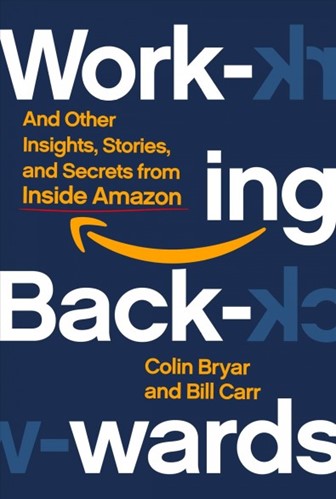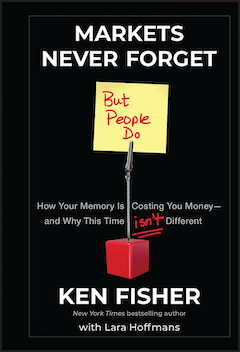By Colin Bryar and Bill Carr, 2021 (304p.)
This was an amazing book! I had read about a third of it in the Spring, which was when a friend recommended it, but I dropped it after a few chapters in pursuit of other readings. I usually devour books about companies, but there have been so many about Amazon that the topic started to turn me off. Even Walter Isaacson, who I generally enjoy reading, cashed in on the subject, Lawrence Cunningham style, by publishing Invent and Wander: The Collected Writings of Jeff Bezos (2020), which I thought was a waste of money. But then I picked this book back up around the 30% mark, and I finished it in one sitting. It gets much better in the second half!
The authors are credible since they were insiders from the early days. Colin Bryar joined Amazon in 1998, only four years after its founding, while Bill Carr joined in 1999. Bryar was the main author although both contributed significantly to the many insights in the book. During two of the twelve years he spent at Amazon, he was “Chief of Staff” to Jeff Bezos, AKA “Jeff’s shadow”. After leaving Amazon, he moved to Singapore for two years to serve as the COO of an e-commerce company called RedMart, which was subsequently sold to Alibaba. Colin is co-founder of Working Backwards LLC (link), which coaches executives and entrepreneurs on how to be more like Amazon. He holds a Bachelor and a Masters in Engineering and Operations Research from Cornell University. His founding partner is Bill Carr, who spent 15 years at Amazon, where he ran Digital Media. He wrote the best part of the book, in my opinion, which was about how Amazon pivoted to digital sales, first with e-books then streaming video and Prime. After Amazon, Carr worked in early-stage venture capital then became COO of OfferUp, a mobile marketplace for local buyers, before co-founding Working Backwards LLC. He holds a Bachelor of Arts from Colby College and a Masters in Business Administration from Emory University.

The best thing about the book is that it was told from the front line. There is a lot of emphasis on pitching new ideas using a written narrative (as opposed to using powerpoint), as well as the strategy of starting with the final product (as would be described in a press release), then working backwards to assess feasibility and merit. The press release itself becomes a living document that adjusts as the project progresses, and the project gets scrapped if the press release ceases to become interesting. I am usually skeptical of prescriptive books written by consultants, but this one was different because the authors were true insiders and the leaders of their groups. While the book makes obvious how amazing of a culture Jeff Bezos was able to build, it left me wondering why this wouldn’t decay after Bezos’ departure. I question this because Bezos was clearly a bigger than life micro-manager whose vision and brilliance were critical to Amazon’s success. In one scene, at the top of Chapter 10 where they tell the AWS story, Colin writes: “SCENE: Phone rings. Caller ID displays “Jeff Bezos.” COLIN: Hi, Jeff. JEFF: Hi, Colin. I’m getting up to speed on what we are doing with web services and your name came up. Can you tell me what you are doing, if anything, with web services? COLIN: Sure. It’s probably easiest to show you. When is a good time for you? JEFF: How about now? COLIN (while canceling the next two meetings and tucking his laptop under his arm): Now is great. I’ll be right down.” In other words, Bezos says jump and his people respond, how high?
To the Amazon specialist, the book tells nothing particularly new or revealing. What it does, though, is shine some light on why and how Amazon got as far as it has, and why it is still well positioned to keep winning, assuming Bezos is not too badly missed. Even if you are already well versed on Amazon, this book is worth reading. From hiring to firing to planning, allocating, and executing, there are some powerful and transformative strategies proposed in this book. These are based on mostly simple and commonsensical premises that can be applied at any company, no matter how small or different from Amazon. In the end, though, it all comes down to culture, and in particular, a culture of long-term thinking, which Amazon still has to give and distribute.
Cheers,
Adriano










